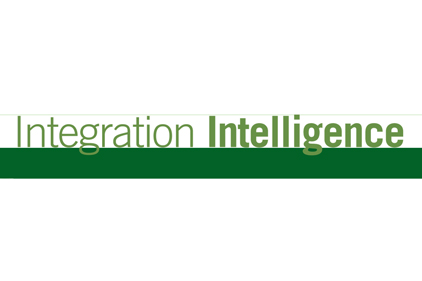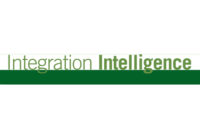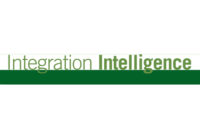This January I had appointments with leading firms to discuss cyber strategy. These included the largest IT company in the world, a multibillion-dollar intelligence security consultancy, and a global physical security firm completing a billion-dollar acquisition. All understand cybersecurity is a leading issue in the boardroom and represents a recurring revenue goldmine if they incorporate cyber consulting and information protection solutions into their deliverables.
The news cycle today constantly highlights cybersecurity breaches involving intellectual property theft and national security. If you had any doubts about the importance of cybersecurity just track the Department of Defense spending plans.
Preserving the military industrial base and maintaining a partnership with the private sector is an integral part of the Defense Department’s plan to cut as much as $489 billion over the next 10 years. “As we reduce the overall defense budget, we will protect our investments in special operations forces, new technologies like ISR and unmanned systems, space and cyberspace capabilities and our capacity to quickly mobilize,” said Leon Panetta, Secretary of Defense.
Space is essentially satellite weapons systems and the cloud, while cyberspace capabilities implies protecting information and networks through defensive and increasingly, offensive means. As a security integrator your challenge is less “space” and more “cyber capabilities.”
The first step to be addressed is the education challenge, which occurs while simultaneously evolving your business to the next level. The cybersecurity era will be here for decades to come. Yet, the security executive in a majority of organizations has yet to step up and accept cyber security responsibilities? The corporate organization chart is in flux.
This is a rare transitional opportunity for the integrator to educate and lead. As more security offerings become cloud-based and outsourced, education and strategic consulting can pay long-term dividends. Video surveillance, access control, identity management, and most things security will be cloud enabled. Increasingly, small, medium business (SMB) are the weak link
In 2012 we are entering a new security market; call it C2 (cloud & cyber). And they will both impact your business moving forward.
Most security integrators today need some additional C2 education. The following sites can offer some assistance:
Various Top Ten Cyber Security Trends in 2012 articles exist to
Too many security integrators think they need deep technical skills to provide value in defending customer business operations. Wrong! The problem is wide and threat vectors are everywhere. The network, IT and cyber vendors will sell packet monitored analytics and software code protection. With the extreme growth of data, IT departments have their hands full already. There is a huge insider theft issue and user education problem that needs to be addressed. This is old-fashioned espionage in the digital age — Investigations 101. It is about understanding business resilience and relevant risk concepts, then wrapping education and services around these deliverables. Cyber crime is crime, period.



